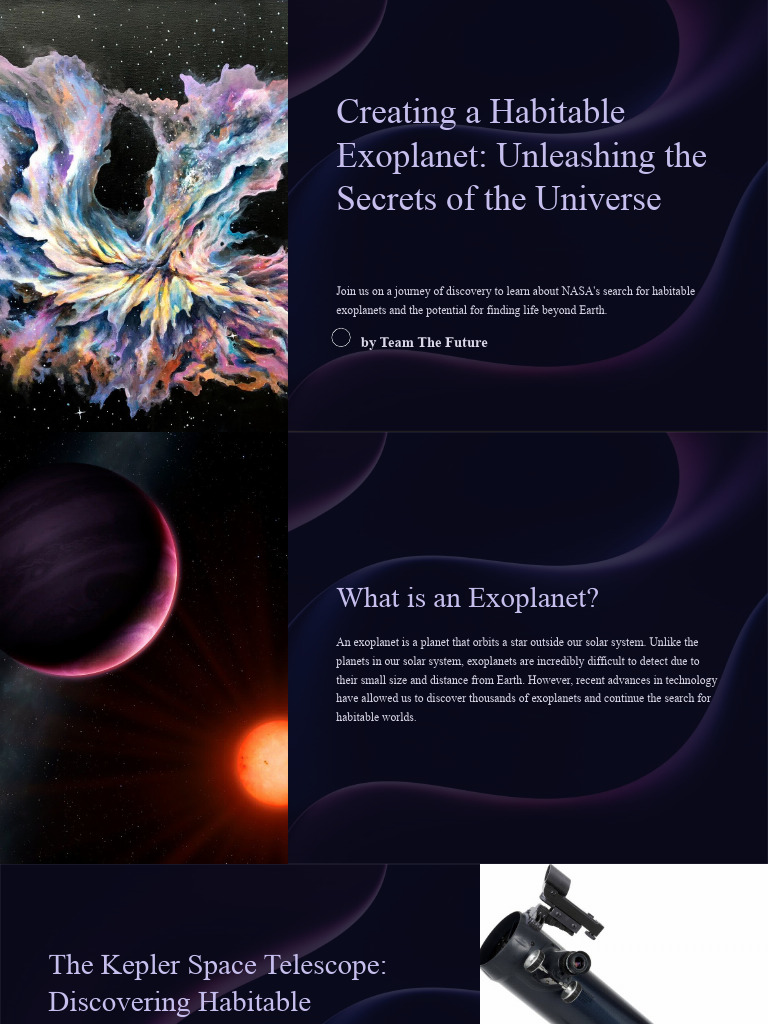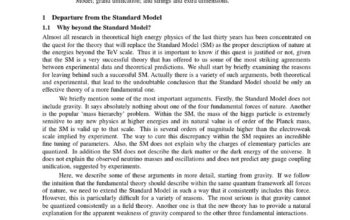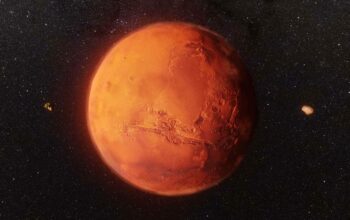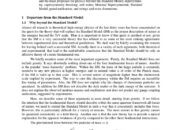The study of exoplanets has ignited fervent interest among astronomers and planetary scientists. Among the myriad of factors contributing to this intrigue, the atmosphere of an exoplanet stands out as an essential element that can reveal profound insights into its potential habitability, weather patterns, and atmospheric dynamics. Understanding the atmosphere of these distant worlds is akin to deciphering the cryptic language of the cosmos. A comprehensive analysis of atmospheric properties can offer clues to their formation, evolution, and even the potential for life.
In the realm of exoplanet research, a common observation emerges: the striking diversity of exoplanet atmospheres. Our solar system encompasses a variety of planetary atmospheres, from the thick, gaseous shrouds of the gas giants to the thin, inhospitable ambient layers surrounding terrestrial planets. Exoplanets exhibit an even broader spectrum of atmospheric characteristics. Some possess dense, cloud-covered atmospheres rich in hydrogen and helium, while others boast rarefied atmospheres that barely cling to their host planets. The depth of this variation raises numerous questions pertaining to the underlying processes that govern atmospheric composition and behavior.
The atmospheric composition of an exoplanet serves as an indicator of the planet’s evolutionary trajectory. For instance, gas giants such as HD 209458 b exhibit primary atmospheres dominated by hydrogen and helium, indicative of their formation in regions rich with these elements. In contrast, terrestrial exoplanets like Proxima Centauri b may display signs of secondary atmospheres, resulting from geological and biological activities that evolve the original atmospheres over time. Such distinctions encourage an examination of the processes that lead to atmospheric stripping and rejuvenation.
Moreover, the phenomenon of atmospheric stripping bears significant implications for the long-term habitability of exoplanets. As stellar winds emanate from a host star, they can exert substantial pressure on the atmospheric constituents of nearby planets. Particularly for those located within the habitable zone, or ‘Goldilocks zone’, the balance of energy received and lost is crucial. The interaction between stellar radiation and atmospheric particles can lead to catastrophic losses of volatile compounds such as water vapor and carbon dioxide—essential constituents for life as we know it. Consequently, understanding how exoplanet atmospheres respond to this extrinsic force is paramount in discerning their capacity for supporting life.
Investigating the nuances of exoplanet atmospheres also unveils the tantalizing potential for unique climatic and meteorological phenomena. For instance, the atmosphere of WASP-121 b is characterized by extreme temperatures, leading to the formation of exotic clouds composed of molten metals. Such extreme weather phenomena prompt questions about the dynamics that create such environments. Variations in winds, pressure systems, and thermal gradients generate intricate weather patterns that reflect the distinctiveness of each exoplanetary atmosphere.
In essence, the pursuit of knowledge regarding exoplanet atmospheres not only deepens our understanding of planetary science but also raises tantalizing larger questions. Is there life beyond our home planet? Are the ingredients necessary for life widespread across the universe? The discovery of specific biomarkers—chemical signatures indicative of biological activity—within an exoplanet’s atmosphere could pivotally shift our perception of life in the cosmos. Gases such as oxygen, methane, and even ozone may serve as leading indicators of potential biosignatures, thereby transforming how we approach the search for extraterrestrial life.
In recent years, technological advancements in observational methodologies have significantly enhanced our capability to study exoplanet atmospheres. Transmission spectroscopy, for instance, allows astronomers to analyze the atmospheric composition during a planet’s transit across its host star. By examining how starlight filters through the planet’s atmosphere, scientists can identify specific molecular signatures that inform us about its constituents. These sophisticated methods have already provided tantalizing glimpses into the atmospheric makeup of multiple exoplanets, revealing essential aspects of their potential habitability.
Yet, as we strip away the layers of complexity surrounding exoplanet atmospheres, we must also confront the challenges and limitations inherent in our inquiries. The sheer distance to these celestial bodies presents formidable obstacles; our observational tools must compensate for vast spatial gaps. Atmospheric phenomena are also subject to variability over time, as atmospheres can respond dynamically to changing conditions. Such temporal fluctuations necessitate robust analysis and careful interpretation of observational data, further complicating our efforts to understand these alien worlds.
To encapsulate, exoplanet atmospheres provide a fertile ground for exploration, sparking curiosity and deepening our insights into the universe. As we endeavor to strip bare the layers of meaning and complexity hiding within these distant atmospheres, we foster a more profound understanding of planetary formation and evolution. As the community of researchers actively explores the atmospheres of exoplanets, we draw closer to answering lingering questions about life and the fundamental processes governing the cosmos. The pursuit is not merely scientific; it embodies humanity’s age-old quest to understand our place in the universe—a journey that promises to illuminate the secrets of our existence.












